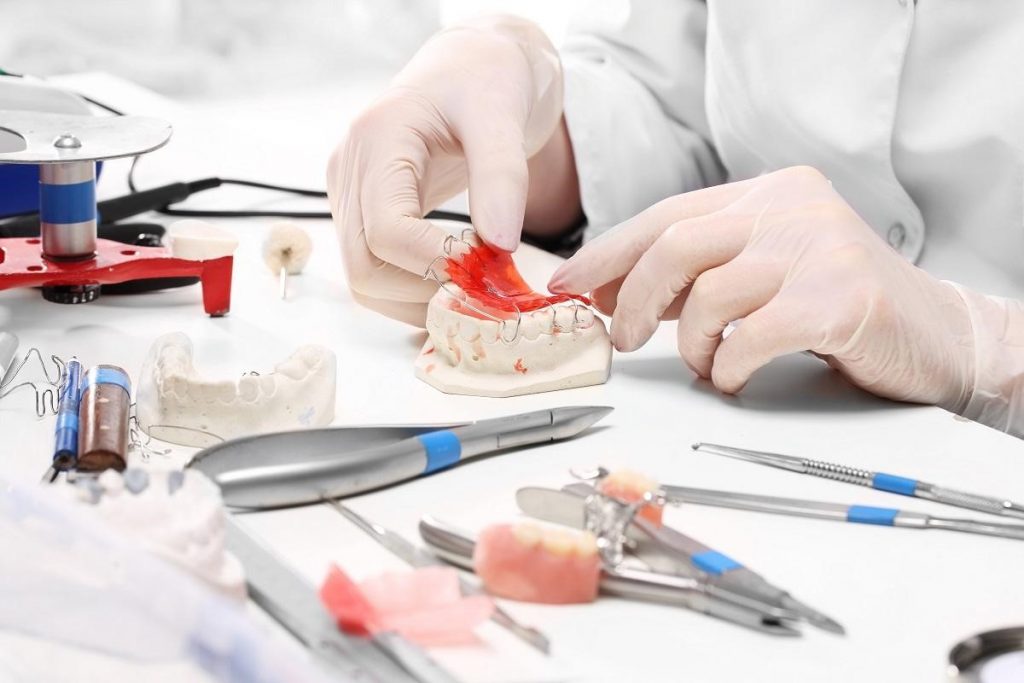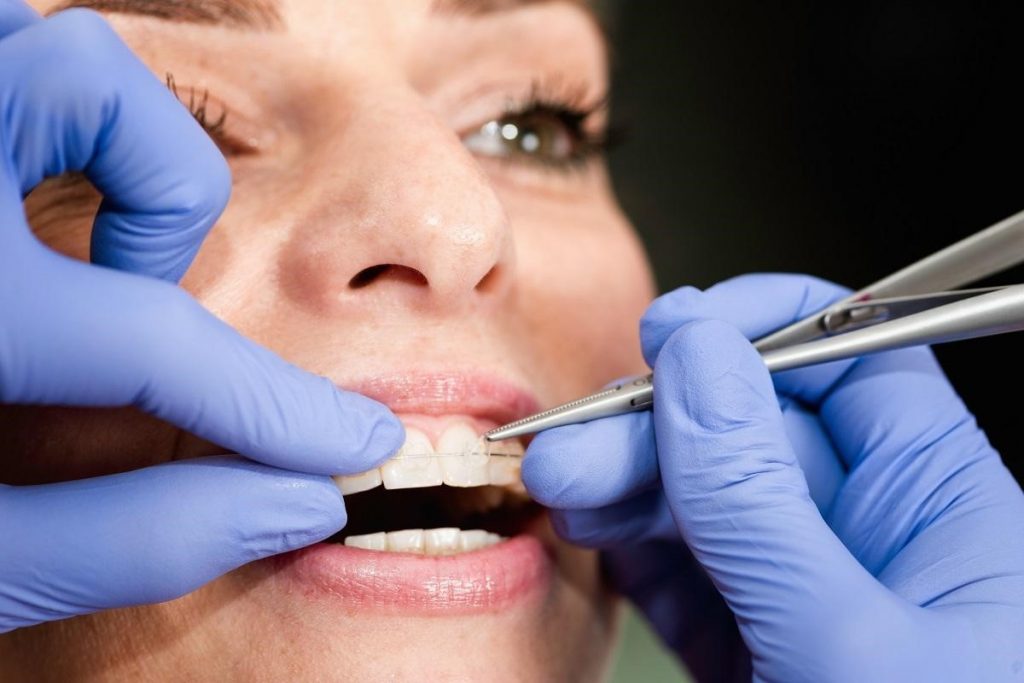Why DIY Dentistry Could Be a Bad Idea
In 2016, news sites reported on a student of the New Jersey Institute of Technology who used the school’s 3D printer and his skills to make his own set of clear braces. He used other equipment from the school to scan his teeth for models for the basis of the braces. He then made the necessary calculations to correct his teeth. The 24-year-old digital design student did this to save money and said he had no intention of going into orthodontics.
Fixing Teeth Via Mail Order
In the years that followed, several businesses have offered mail order braces and similar devices. Unlike professionally made ortho appliances, these companies first ask people for a small “initial fee.” Once someone has paid this fee, which is about $90, they receive a kit that tells them how to make their own dental impressions. Some even ask their clients to take photos of their teeth and send them over the internet. Others require their clients to sign documents that state that they have consulted with a dentist and have had X-rays of their teeth taken.
These companies then show the photos to a dentist they employ who determines possible courses of action to rectify the client’s teeth problems. For an additional fee, the companies send the client aligners, which are sometimes knockoffs of name brand appliances, such as Invisalign.
Trustworthy Enough for Tooth Troubles?
Some medical experts have taken issue with the practice of mail order orthodontics. They point to two questionable things in the process these companies are peddling.
First, at no point in the process do the companies instruct the clients to secure the advice of an orthodontic specialist. They don’t even mention if the on-staff dentist consults with one after they have seen the cellphone images that the clients send over.
Second, these so-called orthodontic companies don’t ask to actually see the X-rays of their client’s teeth. They only ask that someone say that they have, and there are no policies in place to verify if a client has actually seen a dentist or had an X-ray at all.
Orthodontic specialists and dentists need patient X-rays to get information about parts of the mouth and jaw that can’t be seen by the naked eye. Without these crucial images, and only working on cellphone pictures with little quality control, these companies are offering advice without all the data they need.
Without X-rays or even a personal examination of the condition of a client’s teeth, these companies could be missing problems that could cause problems in the future, such as impacted wisdom teeth. In case of problems, a client can only contact a support hotline or send them an email.
These companies don’t present an ideal solution to someone’s dental needs. Although DIY orthodontic kits can provide some positive effects, without constant check-ups and monitoring, problems can return after some time. Incorrectly applied devices or misdiagnosed issues can even lead to worse conditions in the future. Experts say that people should consult with a medical professional before resulting to such questionable methods of dental care.




